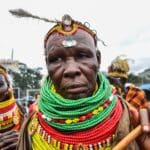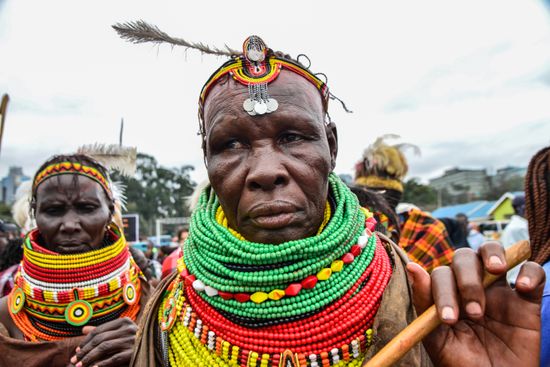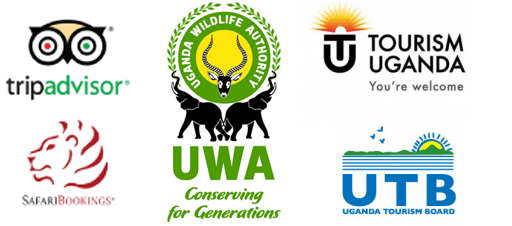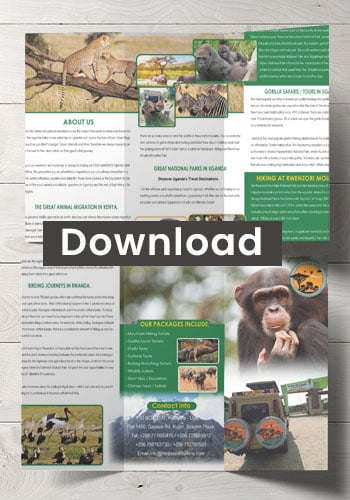The Turkana people originated from northeastern Uganda’s Karamojong region but are now primarily located in northwestern Kenya, where they are known for their nomadic pastoralist culture centered on livestock like cattle, camels, goats, and donkeys. Their economy and way of life are adapted to the arid climate, relying on animal products and traditional practices like transhumance. While their cultural and linguistic roots are in Uganda, the majority of Turkana people and their traditional territory are found in Kenya’s Turkana County, near Lake Turkana.
The origins and Connection to Uganda, ancestral Homeland; the Turkana are believed to have migrated to their current lands about 200 years ago from North western Kenya to an area in northeastern Uganda where the related to Karamojong peoples livelihood .
The Turkana Language and Culture, the Turkana speak a Nilotic language similar to the Teso, which is also spoken in Uganda. They share fundamental social, economic, and political structures with the Karamojong.
The Lifestyle and Livelihood of Turkana are Nomadic Pastoralist, the primary economic activity is raising livestock, including camels, goats, zebu, and donkeys.
The animal Product, the people rely entirely on their animals for milk, meat, blood, and skins, which are used to make clothing and other items.
They practice transhumance, moving livestock to different pastures throughout the year and returning to specific areas during the rainy season for farming. They live in temporary shelters made of leafy boughs and palm fronds, enclosed by thorny fences for protection.
Cultural Aspects, the basic social unit is the awe, which typically includes a man, his wives, children, and dependent women. The Turkana are known for their woodworking skills, creating wooden containers and other items that are valued by collectors.
Age set in Turkana men belong to alternating age sets known as “Stones” and “Leopards,” which have distinct social roles and traditions.
.








